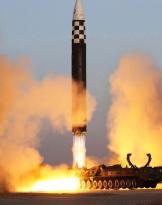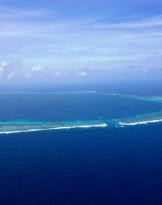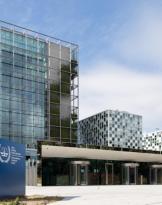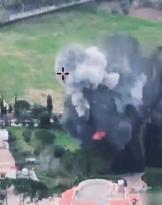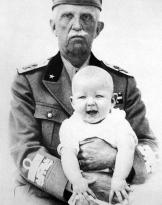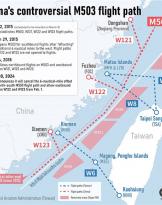In recent days, the conflict in Somaliland has rekindled, spreading victims and refugees throughout the territory.
In the last few hours, the Somaliland government has declared that Puntland troops have launched an attack against its army in the Sol region. Somaliland forces yesterday moved from their bases in Las Anod and from the front lines of Tukaraq in order to , according to the government's statement, of negotiate and protect the population1.
During the first week of February at least 38 people were killed and more than 130 injured after two days of fighting in the eastern Somaliland town of Las Anod. Between 6 and 7 February, the Las Anod General Hospital, the main medical center of the city, was also hit by four fires which apparently were caused by mortar rounds. It is estimated that so far the victims are around 100 and the displaced eighty thousand as declared by Adam Abdelmoula, deputy special envoy of the United Nations for Somalia.2
The two sides in the field accuse each other of the beginning of the clashes.
Since February 6, there has been heavy fighting in the northern Somali city of Las Anod between troops from the breakaway Somaliland region and local militias from the Dhulbahante clan in northern Somalia3.
The town of Las Anod is disputed between Somaliland and Puntland, a semi-autonomous region of Somalia, but local elders of the Dhulbahante clan have rejected both claims, saying they intended to establish a new state within federal Somalia, urging forces of Somaliland to leave the region. Somaliland blamed Puntland and the latter denied sending fighters to join militias fighting Somaliland forces.
The Dhulbahante clan lives in the regions of Sool, Sanaag and Buuhoodle district in the Togdheer region, all disputed between Somaliland and Puntland.
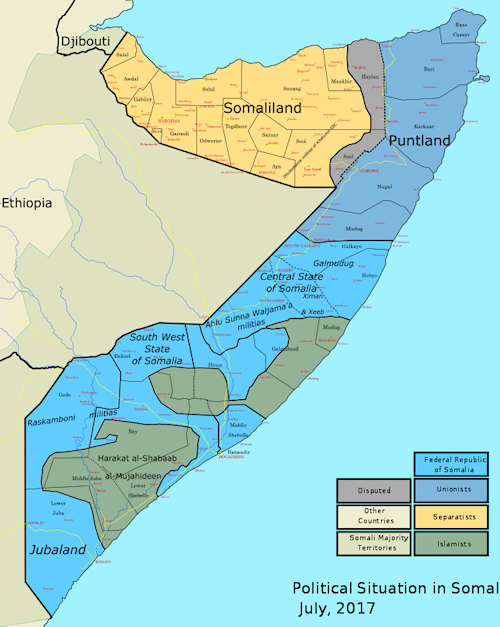
Somaliland claims the borders of the old British protectorate of Somaliland which merged with what was known as Italian Somaliland in 1960 to form Somalia.
The current upheaval in Las Anod began on 26 December, when a local opposition politician, Abdifatah Abdullahi Abdi, was assassinated by unknown persons, sparking anti-government protests across the city.
Local clan elders on Monday declared their intention to cut ties with the breakaway republic of Somaliland and rejoin Somalia. The statement stated that the territories are part of the federal republic of Somalia and represent the unity and integrity of Somalia.
The Somaliland government rejected the statement and said its security forces are fighting international terrorist groups who plan to create insecurity and instability in Las Anod. Las Anod elders argued that they were not terrorists and urged Somaliland to withdraw its military.
Local militias are fighting to prevent three regions from Somaliland from rejoining Somalia. Las Anod is the capital of Sool Region, which along with Sanaag and Cayn Regions is struggling to withdraw from Somaliland and be governed by Somalia.
Somalia's President Hassan Sheikh Mahmoud has urged Somaliland to negotiate with the traditional elders of Las Anod. Somalia's international partners backed the request and expressed concern about the escalation.
Today's Republic of Somaliland declared its independence from Somalia on May 18, 1991 but has not yet gained international recognition.
In June 1960, after more than seven decades as a British protectorate, the territory gained its independence from Queen Elizabeth II. Once one of five Somali entities aiming to unite under a single banner, it was the only Somali territory to actually join Italian Somaliland, which it did just five days after gaining its independence.
After the collapse of the Somali government in 1991, Somaliland announced the dissolution of the 1960 union with Somalia, but its declaration of independence has yet to be recognized by a single member of the United Nations. After proclaiming itself the independent Republic of Somaliland, it followed a different path from that of southern Somalia. As the collapse of Siyaad Barre's regime plunged the south into civil war and a resulting institutional vacuum, Somaliland embarked on a period of increasing political stabilization and economic growth.
It is unclear how the Somali federal government will respond to Somaliland's move to seek international recognition as an independent country. Since 2012, several rounds of talks on possible unification have failed to achieve a breakthrough.
The Horn of Africa area arouses much interest for states such as the United Kingdom and the United States of America. The first, between 2013 and 2020, provided security assistance to Hargeisa under a counter-terrorism framework which included financial aid and training for theRapid Reaction Unit (RRU) of Somaliland also funding the construction of a police training academy in 2019.
The United States has become interested in collaborating with Somaliland, with the goal of establishing a military center in the northern port city of Berbera. Let's remember the execution of the exercise "Justified Agreement 2023" (photo), the largest annual military exercise in East Africa led by the command of the US Army's Southern Europe Task Force. About 1.000 men involved in various events, mainly in Nairobi and Isiolo, Kenya, Uganda, Djibouti and Somalia.
Several units fielded by the United States Army including the 173rd airborne brigade, 2nd security forces assistance brigade, 720th explosive ordnance disposal detachment and 352nd civil affairs command.4
1 bbc.com
2 lemonde.fr
3 iol.co.za
Photo: US Army / Nicolay Sidorov


